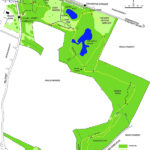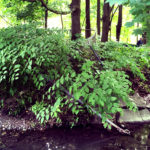
By Jeffrey North Belmont’s 119-acre Lone Tree Hill conservation area, like many recreational lands in the region, is plagued by the insidious creep of invasive plant species. The ecological value of this forest and meadow conservation land is depreciating due to a host of invasive plants that act like predators, harming native plants from oak trees to ferns, forbs, and shrubs. Asiatic bittersweet, for example, has enveloped oak, hickory, and pine trees, covering, killing, and felling a number of these tall trees that define the edge of the meadow and the land’s viewshed. Glossy buckthorn and honeysuckle are killing gray [READ MORE]


